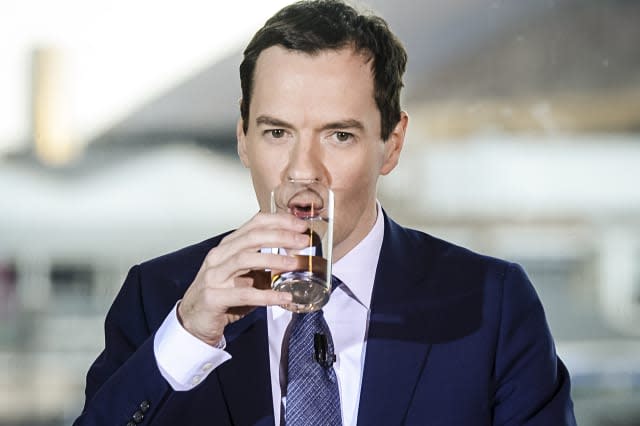Government set to slash pension tax relief - but it's not all bad

News reports out today claim that George Osborne is set to slash higher rates of pensions tax relief for those who pay higher rates of tax. This would mean that everyone received the same tax incentive for investing in a pension - between 25% and 33%.
At the moment, when you pay into a pension, you get tax relief at the same rate as the highest rate of tax you pay. Basic rate taxpayers get 20%, while those who payer higher rates of tax receive 40% or 45%. It means that effectively you are able to invest in a pension tax-free.
In future everyone could get the same flat rate - so basic rate taxpayers get their tax back - plus a bit more; while higher rate taxpayers no longer get all of their tax back.
Consultation
The claims were made by the Financial Times, but have been considered highly likely for the past year. Osborne showed a clear intent to take an axe to pensions tax relief when he launched a consultation into it in the Budget eight months ago.
At the time he said the consultation would consider a vast range of options - including redesigning pensions as pension ISAS. However, simply cutting tax relief quickly emerged as the front-runner in responses to the consultation. As Aegon said in its response: "We favour a move to a single rate of tax relief on contributions, for the self-employed, employees and employers. This would be best delivered as a matched Government payment, focusing limited Government resources on incentivising those most in need of saving more for retirement."
Can you get more pension income?
Why?
It's easy to see why this approach appeals to the government. First and foremost it will mean billions of pounds more for the Treasury - the FT estimates a 25% rate would boost the coffers by £6 billion a year.
It also has the political advantage of hitting the better-off, who many feel can afford it, in favour of lower earners.
%VIRTUAL-ArticleSidebar-pensions%
Currently basic rate taxpayers make 50% of all contributions, but only get 30% of the tax relief. The new system will tip the balance in favour of lower earners, and if Osborne sets the new rate of relief above 20% - it is effectively paying lower earners for investing in a pension.
It's also a chance for the government to drop the use of the word 'tax relief' entirely, and position the government's contribution as some sort of incentive. Research by Hargreaves Lansdown last year found overwhelming support for this idea, with the majority of working age people favouring the idea of an incentive at 33% - marketed as 'buy 2 get 1 free".
Tom McPhail said: "Tax relief is inefficient and poorly understood. The alternative of a 'Retirement Reward' set at a flat rate for all would be fairer, simpler and more effective." Some 70% of people said the flat rate relief would be easier to understand than the current system.
The announcement is expected in the Budget in March.
But what do you think? Does the idea of a flat rate appeal to you? Let us know in the comments.





